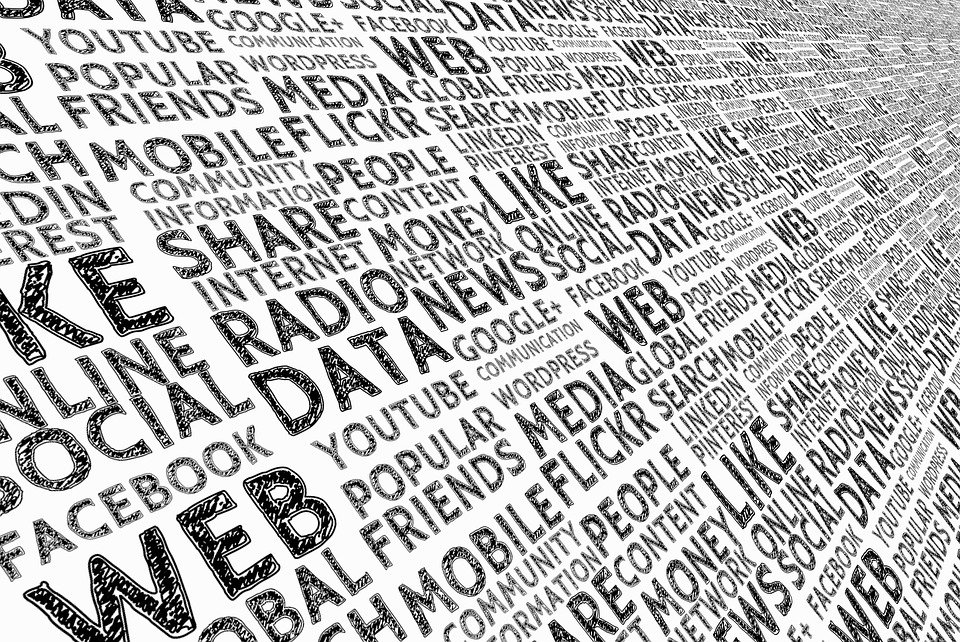
Technology has revolutionized many industries, and media is no exception. Advancements such as smartphones, social media, smart TVs, and wireless gadgets have changed how information is processed, consumed, and shared.
Today, many media stations have to worry more about how to increase Twitter followers than how to get their customers to read a newspaper.
Additionally, the rise of smartphones has made it easier for new media and entertainment companies to deliver quality content online.
Moreover, social media platforms, such as the Twitter Company and its competitors, including Facebook, YouTube (News - Alert), Instagram, Snapchat, and TikTok, have also influenced the way we consume content.
This article looks at the technological trends that are currently shaping innovations in the media industry and what this means for the industry.
1. Personalized Content
In today’s age of information overload, media consumers are looking for more engaging content.
Besides, most consumers don’t have time to sit down and watch a TV show. As long as they have a smartphone, they can watch what they want at any time. People are looking for content that is to the point and personalized to their needs.
Further, the rise of smartphones and social media has led to more engagement, unlike in traditional media, which is often characterized by one-way communication.
Additionally, today’s audience can choose the type of news or content they want to see or listen to, which is why many media companies are forced to create personalized content that meets their audience preferences.
Moreover, consumers are becoming more aware of marketing content disguised as worthy content. Many are turning to ad blocking software and other tactics that have forced the media to create more relevant, informative, and engaging content.
2. Increase in Digital Content
Digital content is slowly replacing print.
The digital devices used by the media industry are getting more advanced, accessible, and affordable. Journalists can now get information through instant messaging, video interviews, and social networks. News publishing can also be done via videos, text, infographics, and pictures.
Digital channels such as social media and online apps have also seen more media companies embrace digital information delivery as print content becomes less saleable.
3. The Rise of Freelance Content Creators
A few years ago, you could only consume news created by professional media correspondents.
However, with the advent of technology, everyone is now a content creator.
The development of smartphones has made it possible to create content and take professional photos that are newsworthy. It’s also possible to find freelance writers, designers, editors, and photographers on sites such as Upwork, Fiverr, and outsource.com, among others.
As a result, more content is available, and many media companies are taking advantage of the lower costs of hiring freelance talent.
4. Change in Consumer Behavior
Consumer behavior is changing, especially because the millennials and Gen Z are taking over as the largest consumers of information.
The current generation treats information differently from the boomers and other past generations. This has to do with the fact that they were brought up with lots of easily available information.
The younger generation's media needs are also focused on instant gratification. These consumers are seeking accessible content that is easy to consume. This generation is also less influenced by advertising and content created by professionals. Most young people prefer authentic content that is from all over the globe.
5. Data Privacy and Security
Consumers are becoming more careful with the information they share online due to the misuse of their data by media companies.
Today, consumers want more transparency and accountability on the use of their data by third parties. Besides, consumers have a wider choice of the media companies they can support due to content availability.
So, companies with ambiguities in their data policies often lose customers unless they’re willing to make their policies more transparent.
6. Mobile-Optimized Content
More people are watching a large amount of media on their phones. This has led to the production of mobile-tailored content. Media brands have had to optimize their content for mobile users.
Besides, with users becoming multi-device, brands have to curate content to match their users’ preferences.
Companies such as Netflix have created a strong digital presence as the company offers a seamless experience across multiple devices. Users can watch their favorite show on their smart TV and easily pick up where they left on their smartphone.
Undoubtedly, the more device-tailored the content is, the more enjoyable the user experience.
7. Higher Technology Budget
It goes without saying that due to the high influence of technology on media, spending on IT has increased in the industry. Media companies that hope to stay ahead of their competition have to spend significantly on technology.
Besides, technology is becoming the big difference between winners and losers in the industry. This has forced those who want to stay afloat to invest in tech.
In closing, as information becomes more accessible due to technology, media companies need to look at the technological trends affecting the industry. Forward-thinking companies also need to embrace technology if they’re to remain profitable.
